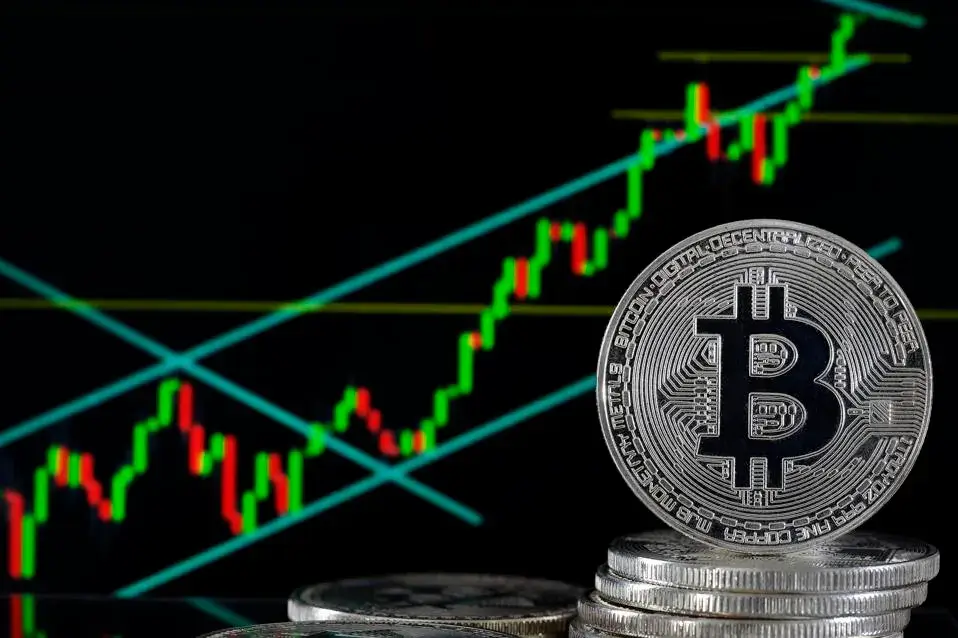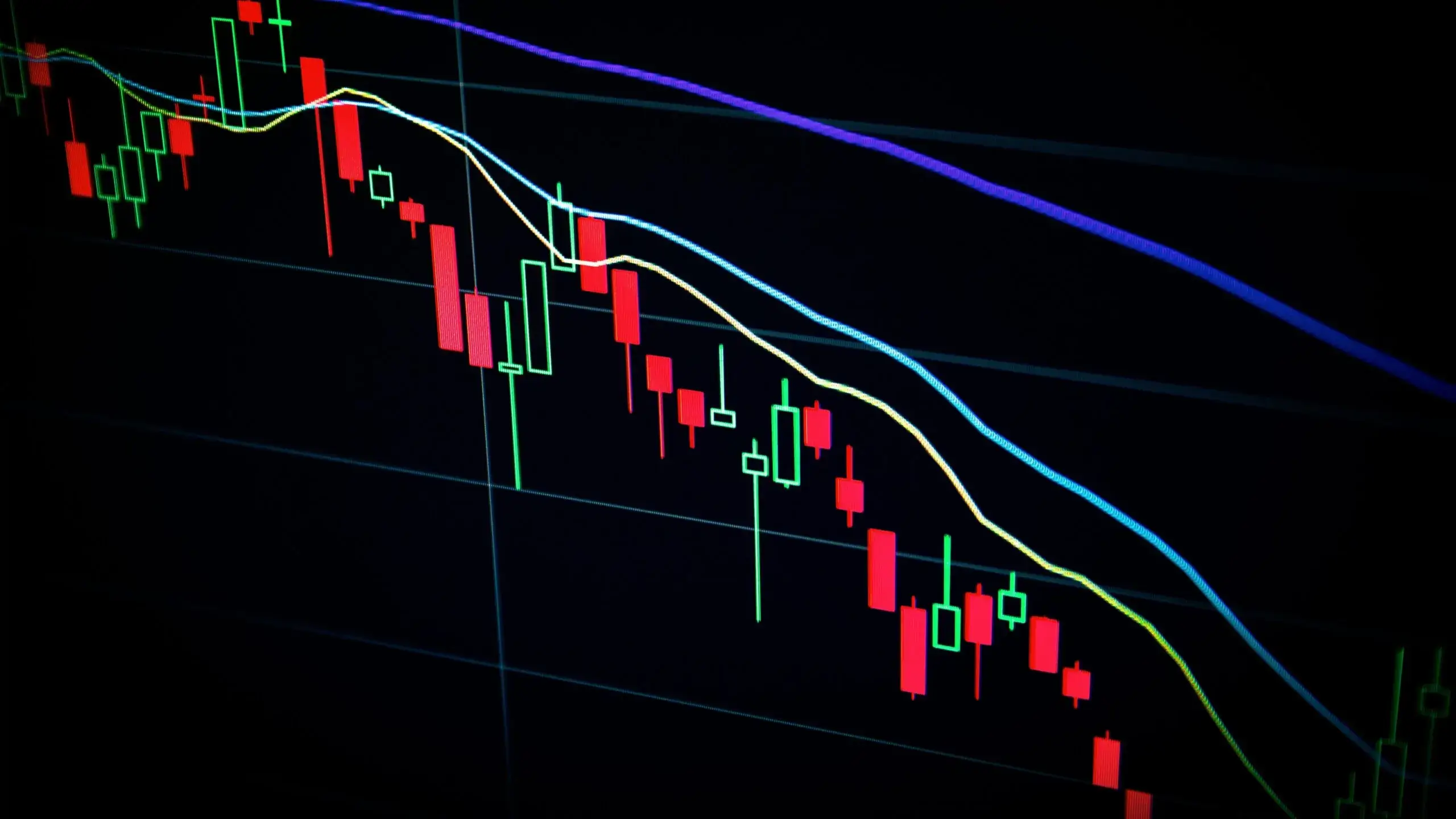The Great Bitcoin Tumble: Unveiling the Triggers Behind the Bitcoin Market Crash
The once-unshakeable Bitcoin, the pioneer cryptocurrency, has been on a rollercoaster ride in 2024. After reaching new highs earlier this year, the market has witnessed a dramatic plunge, leaving investors bewildered and searching for answers. This article delves into the multifaceted reasons behind the recent Bitcoin market crash, exploring a confluence of global events, regulatory uncertainties, and inherent vulnerabilities within the cryptocurrency ecosystem.
A Perfect Storm: Factors Fueling the Bitcoin Market Crash
The Bitcoin market crash cannot be attributed to a single event. Instead, it’s a culmination of several interconnected factors that eroded investor confidence and triggered a domino effect of selling. Here’s a closer look at the key culprits:
-
Geopolitical Tensions: The recent escalation in global tensions, particularly the conflict between Iran and Israel, has sent shockwaves through financial markets. Investors often flock to safe-haven assets like gold during periods of uncertainty, and Bitcoin, perceived as a hedge against traditional fiat currencies, initially saw some benefit. However, the prolonged nature of the conflict and its potential to disrupt global trade has dampened overall risk appetite, leading investors to pull back from riskier assets like Bitcoin.
-
Fears of Inflation and Rising Interest Rates: Global inflation has been steadily rising in 2024, driven by factors like supply chain disruptions and the war in Ukraine. To combat inflation, central banks like the US Federal Reserve have signaled their intention to raise interest rates. This has a direct impact on Bitcoin, often seen as an inflation hedge. As interest rates rise, the opportunity cost of holding Bitcoin (which doesn’t generate any interest) increases, making it less attractive to investors.
-
Regulatory Scrutiny and Crackdowns: Regulators around the world are taking a closer look at the cryptocurrency market, with concerns about money laundering, consumer protection, and environmental impact. The US Securities and Exchange Commission (SEC) has been particularly active, increasing its scrutiny of crypto exchanges and issuing warnings about potential scams. This regulatory uncertainty has created a climate of fear and doubt, deterring some investors from entering the market.
-
The TerraUSD (UST) Debacle: The recent collapse of TerraUSD (UST), a so-called “stablecoin” pegged to the US dollar, has shaken confidence in the entire cryptocurrency market. Stablecoins are cryptocurrencies designed to maintain a stable value relative to a fiat currency. However, UST lost its peg to the dollar, causing its price to plummet and sparking a wave of panic selling across other cryptocurrencies, including Bitcoin.
-
Volatility and Leverage: Bitcoin, by its very nature, is a highly volatile asset. This volatility can be exacerbated by the use of leverage, where investors borrow money to magnify their potential gains (and losses). When the market dips, as it did recently, margin calls can force leveraged investors to sell their holdings to meet their obligations, further accelerating the downward spiral.
-
Profit-Taking and FOMO (Fear Of Missing Out) Cycle: The rapid price increase of Bitcoin earlier this year attracted a new wave of investors, many driven by FOMO. However, when the market started to turn, some of these new investors, lacking experience with the inherent volatility of cryptocurrencies, rushed to sell their holdings to cut their losses. This profit-taking behavior further fueled the downward trend.
The Underlying Fragility of the Crypto Ecosystem
The recent Bitcoin market crash lays bare some of the underlying vulnerabilities of the cryptocurrency ecosystem. Here are some key concerns:
-
Lack of Underlying Asset: Unlike stocks, which represent ownership in a company, or bonds, which represent debt owed by a government or corporation, Bitcoin doesn’t have any intrinsic value. Its worth is solely based on what someone else is willing to pay for it. This lack of underlying asset makes Bitcoin highly susceptible to market sentiment and speculation.
-
Energy Consumption and Environmental Impact: Bitcoin mining, the process of verifying transactions and adding new blocks to the blockchain, requires a massive amount of energy. This energy consumption has raised concerns about Bitcoin’s environmental impact, particularly as the world strives towards a more sustainable future.
-
Security Risks: Cryptocurrency exchanges have been targeted by hackers in the past, resulting in significant losses for investors. The decentralized nature of cryptocurrencies also makes it difficult to recover stolen funds.
-
Regulation Uncertainty: As mentioned earlier, the lack of clear regulations surrounding cryptocurrencies creates uncertainty for investors and businesses alike. This uncertainty can stifle innovation and hinder mainstream adoption.
The Road Ahead: Will Bitcoin Recover after Bitcoin Market Crash?
The future of Bitcoin remains uncertain. The market crash has undoubtedly shaken investor confidence, but Bitcoin has weathered similar storms in the past and bounced back.
Here are some factors that could influence Bitcoin’s recovery:
-
Regulatory Developments: Clear and well-defined regulations could provide much-needed stability to the cryptocurrency market and attract institutional investors who are currently hesitant to enter due to regulatory uncertainty.
-
Technological Advancements: Innovations in blockchain technology could address some of Bitcoin’s current shortcomings, such as scalability and energy consumption. This could make Bitcoin more attractive to a wider range of users.
-
Mass Adoption: Increased mainstream adoption of Bitcoin for everyday transactions could bolster its value and stability. However, widespread adoption hinges on overcoming challenges like scalability and user-friendliness.
Beyond Bitcoin: The Future of Cryptocurrencies

The Bitcoin market crash serves as a wake-up call for the entire cryptocurrency industry. It highlights the need for greater transparency, regulation, and innovation to build a more sustainable and secure crypto ecosystem.
Here’s a glimpse into what the future might hold for cryptocurrencies:
- Diversification: Investors may become more selective, moving away from volatile assets like Bitcoin and towards more established cryptocurrencies with proven track records.
- Focus on Utility: Cryptocurrencies with real-world applications and clear use cases are likely to gain traction. This could include cryptocurrencies used for decentralized finance (DeFi) or those designed to improve supply chain management.
- Regulation and Collaboration: Governments and regulatory bodies are likely to collaborate with the cryptocurrency industry to develop a framework that fosters innovation while mitigating risks.
The recent Bitcoin market crash represents a pivotal moment for the cryptocurrency industry. It’s a time for reflection, adaptation, and innovation. Whether Bitcoin regains its former glory or fades into obscurity remains to be seen. However, one thing is certain: the future of finance will likely be shaped by the ongoing evolution of cryptocurrencies and blockchain technology.





